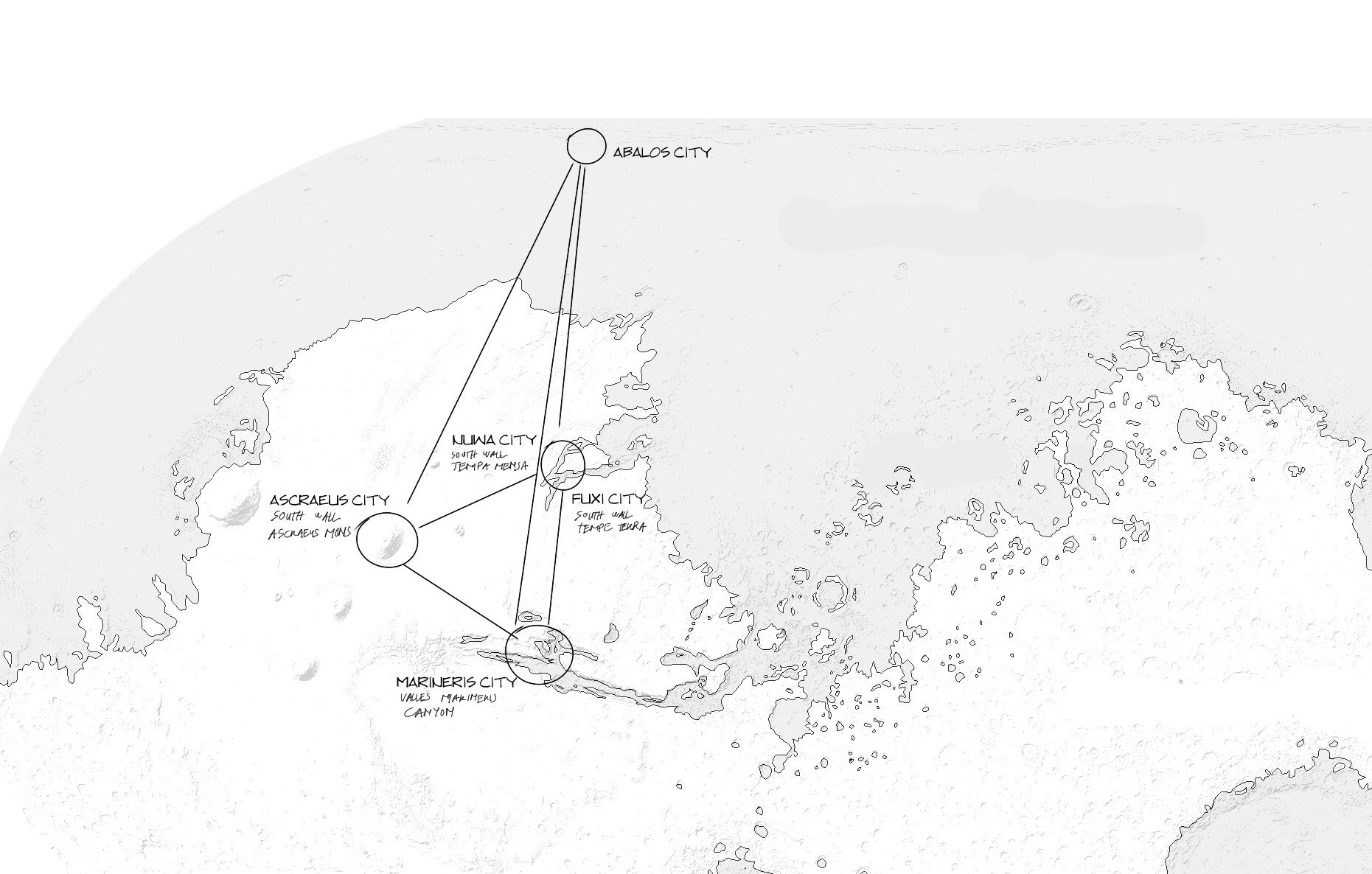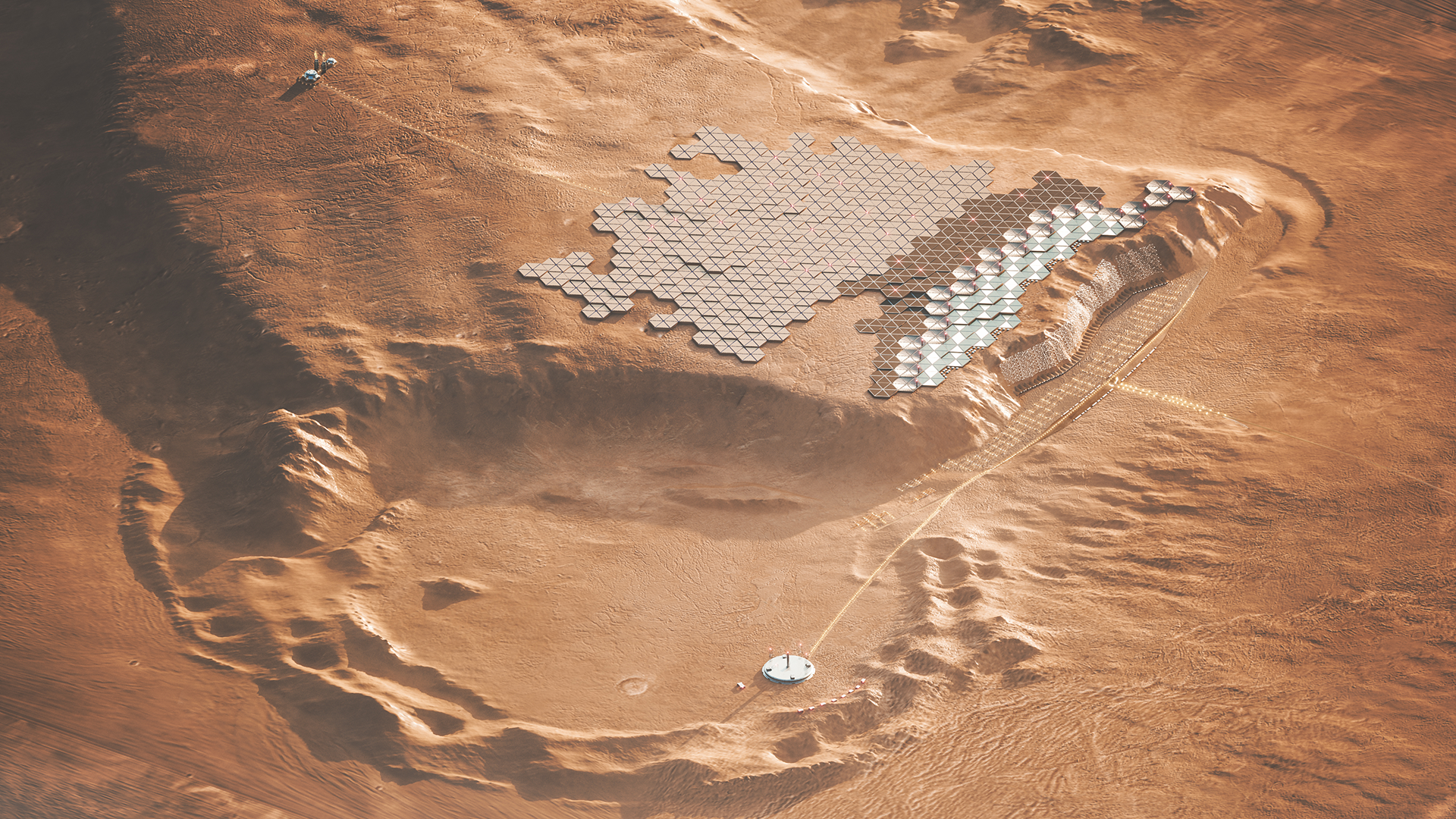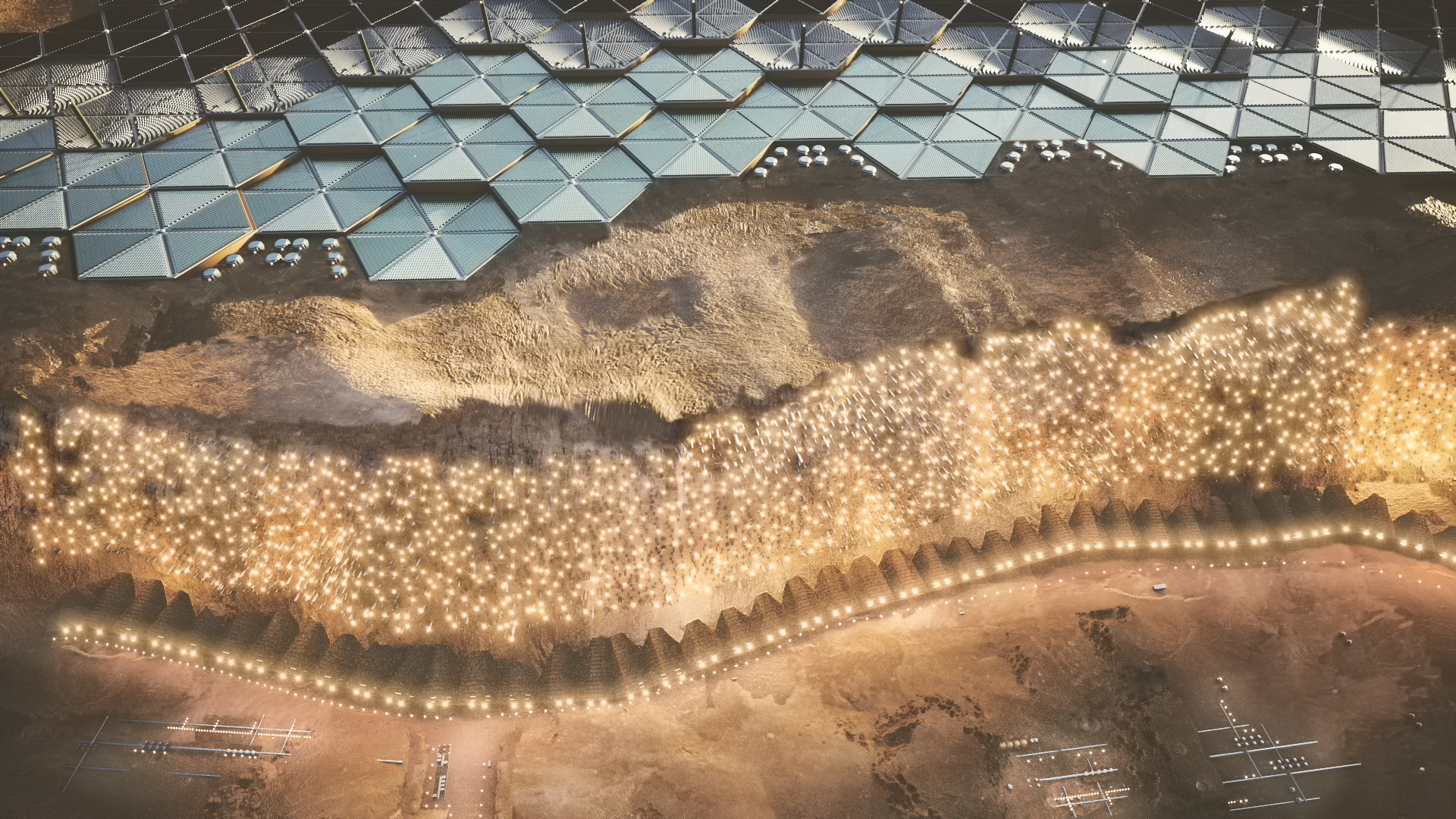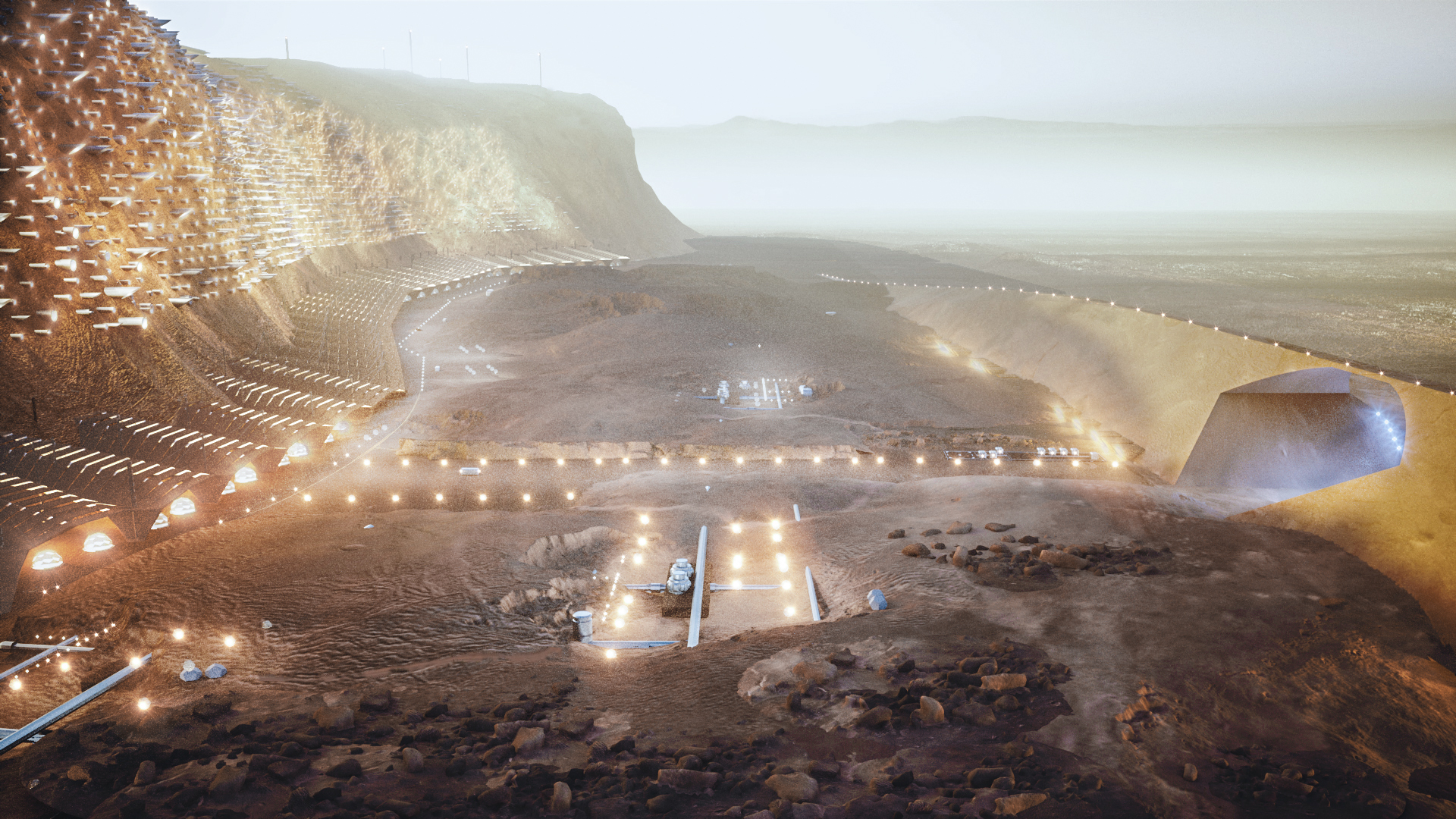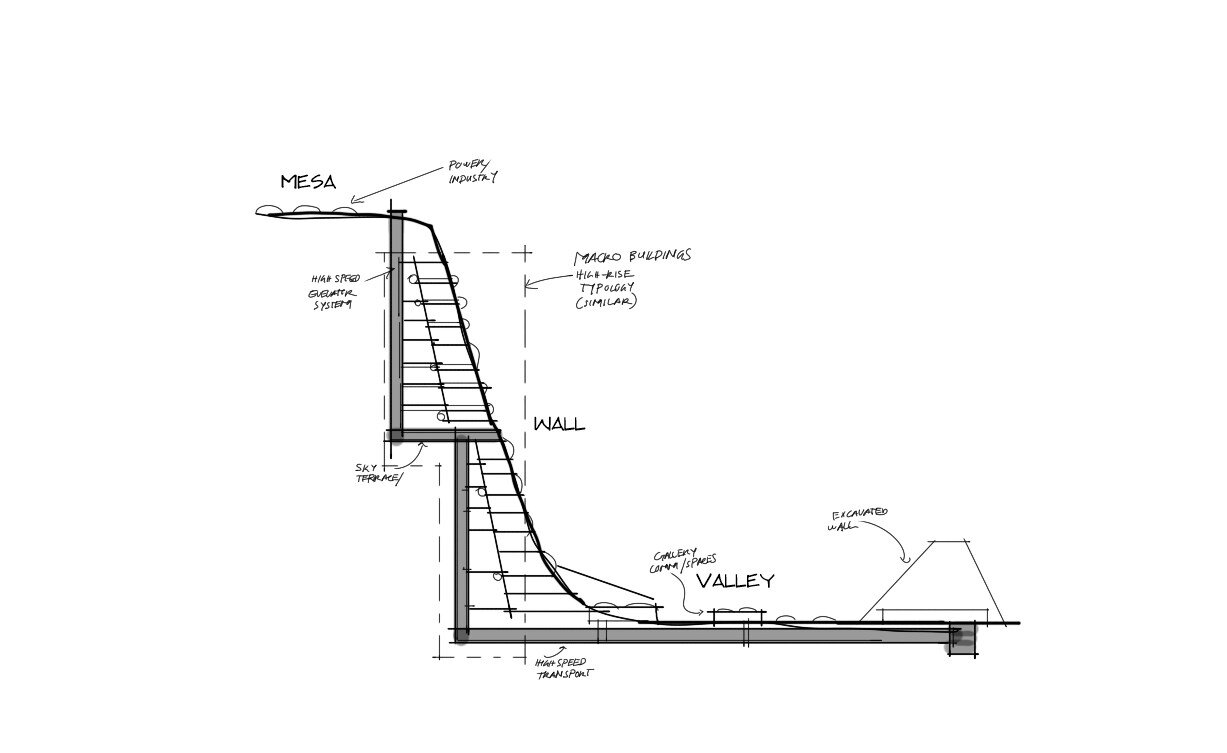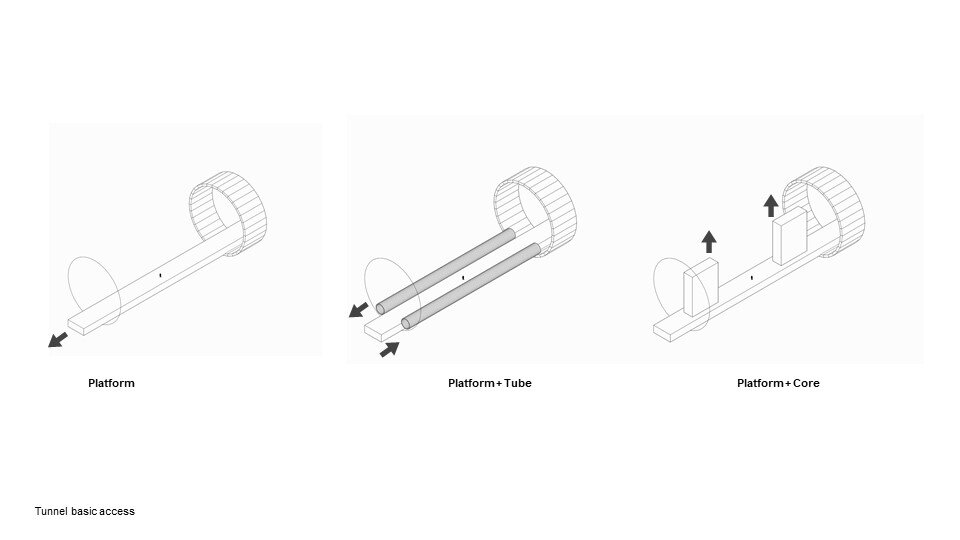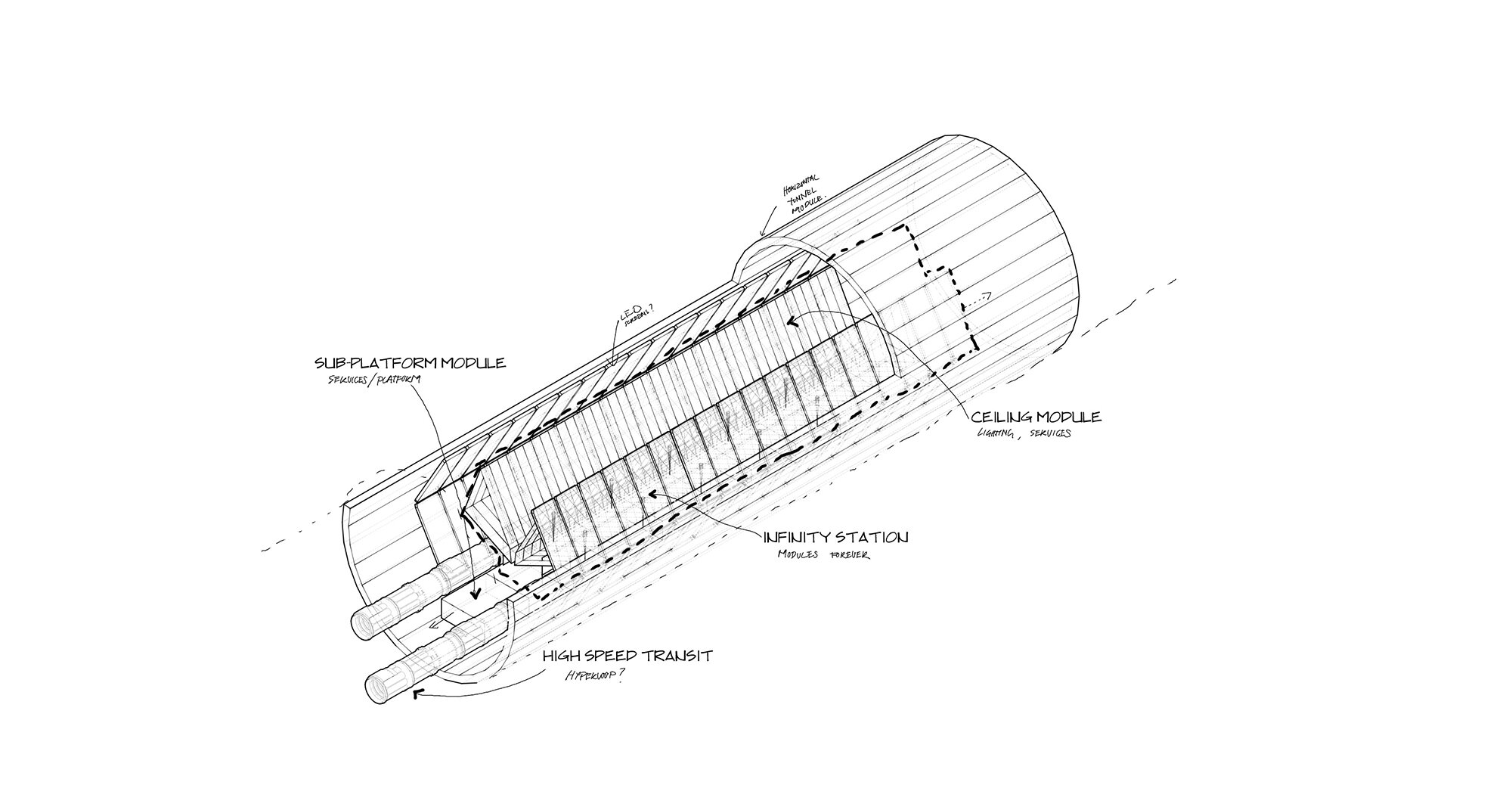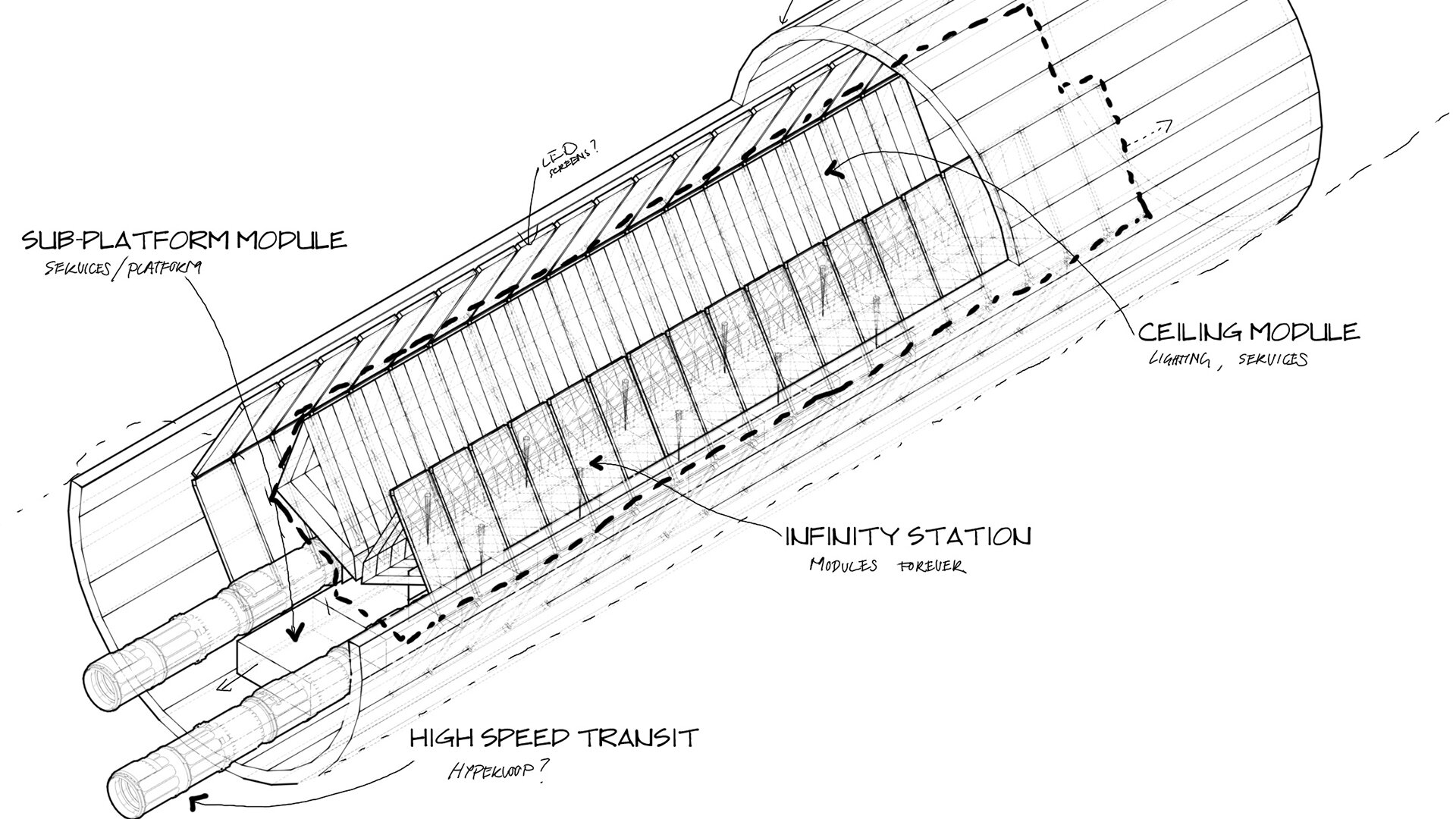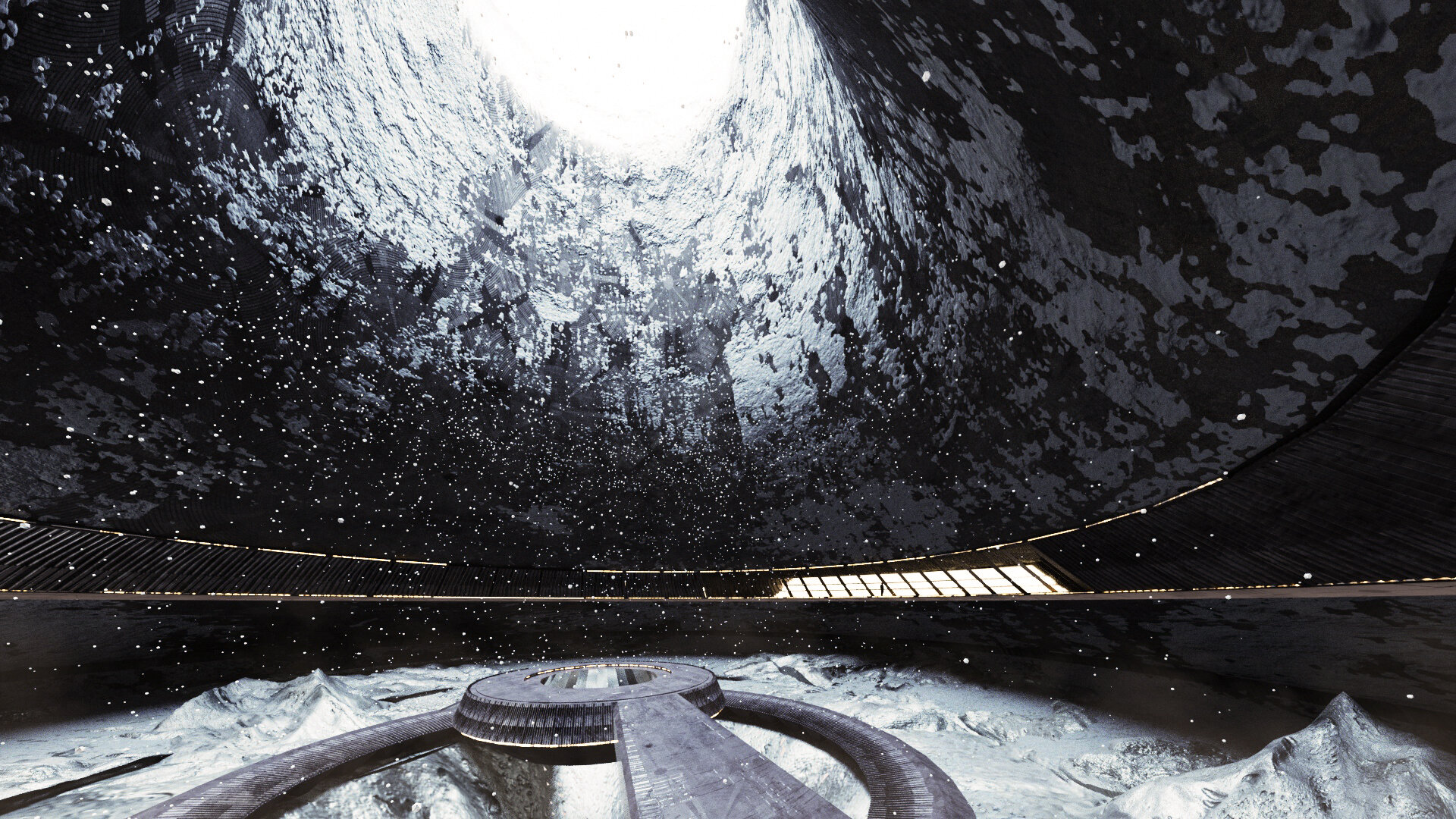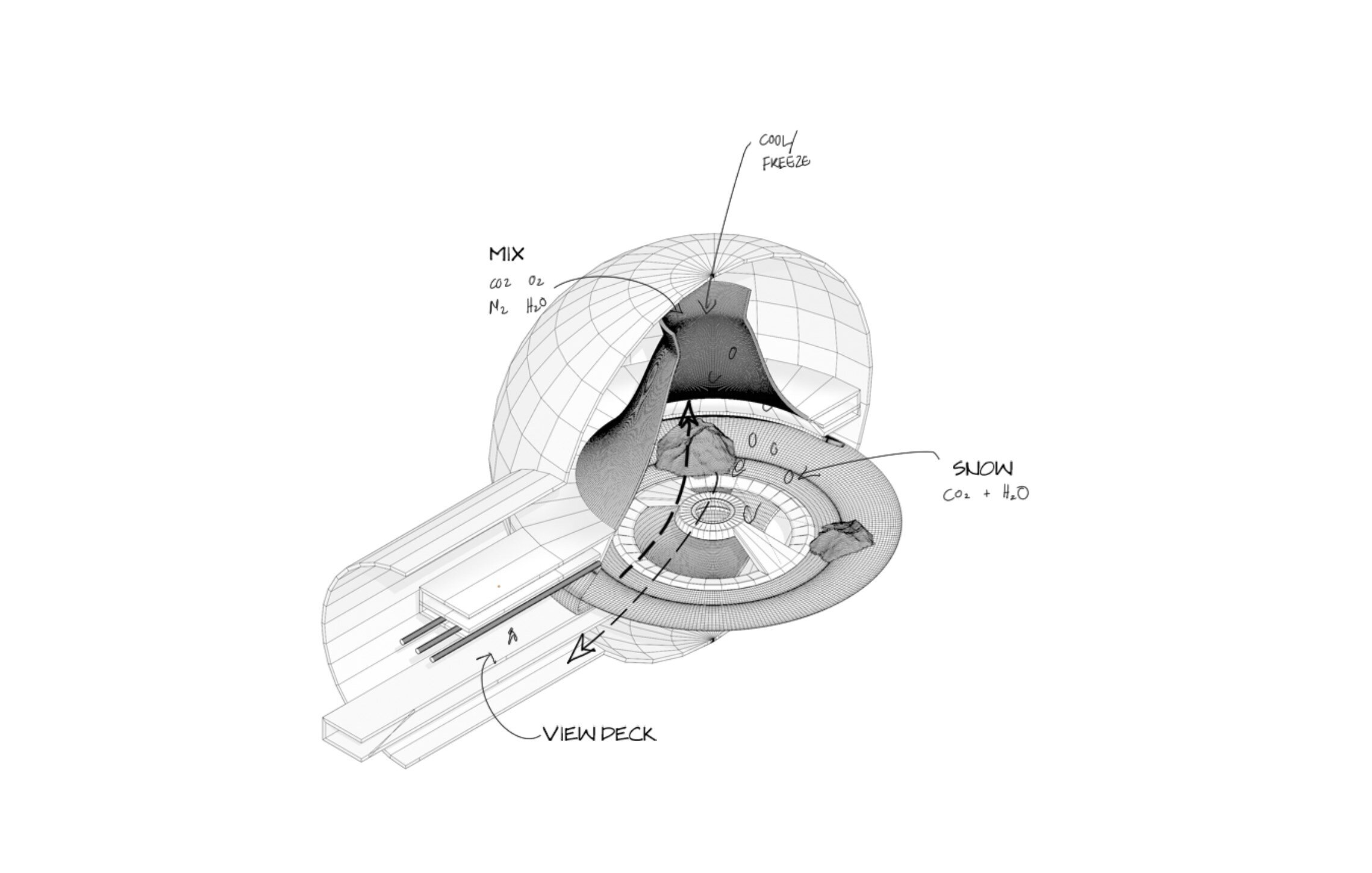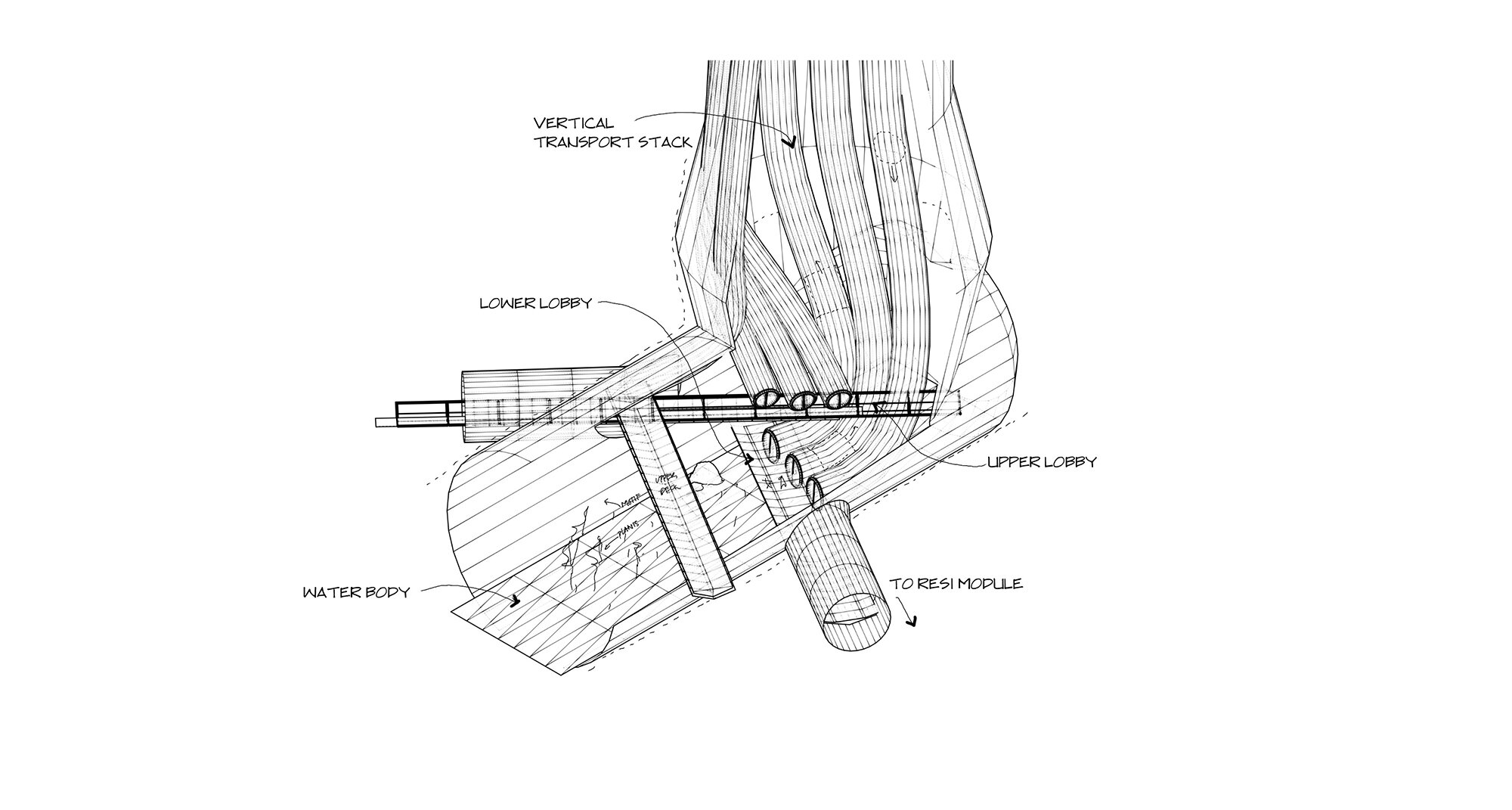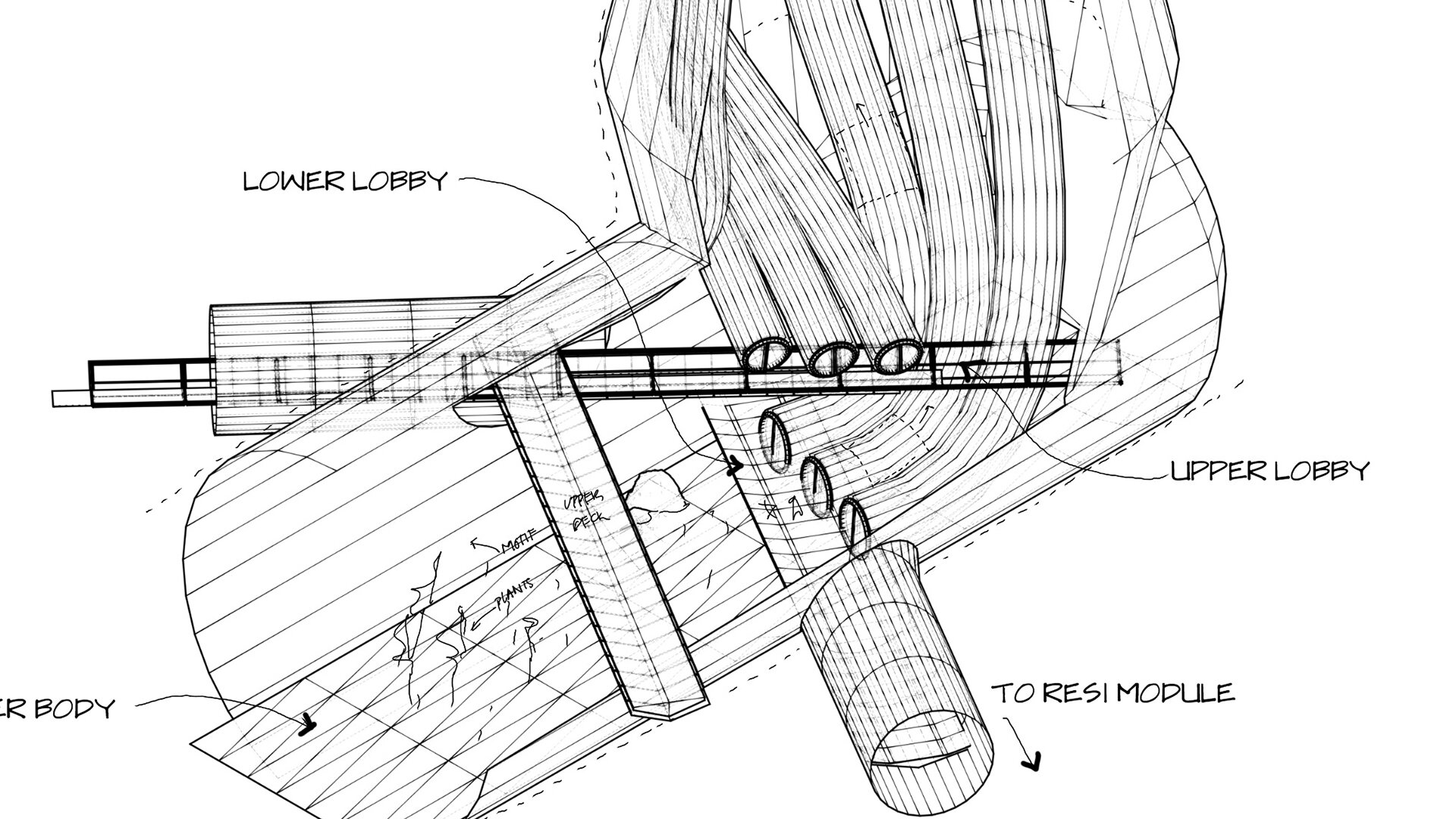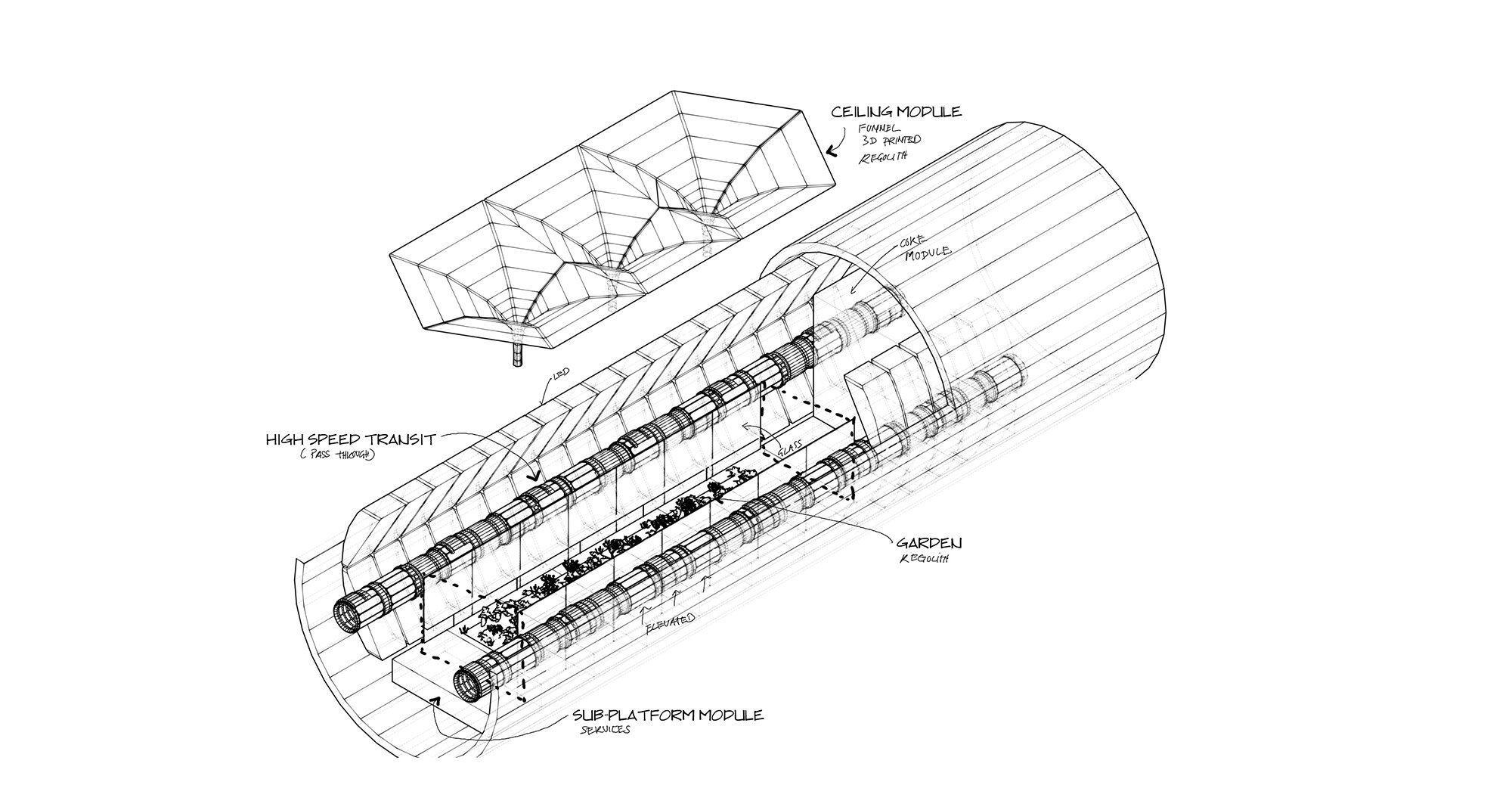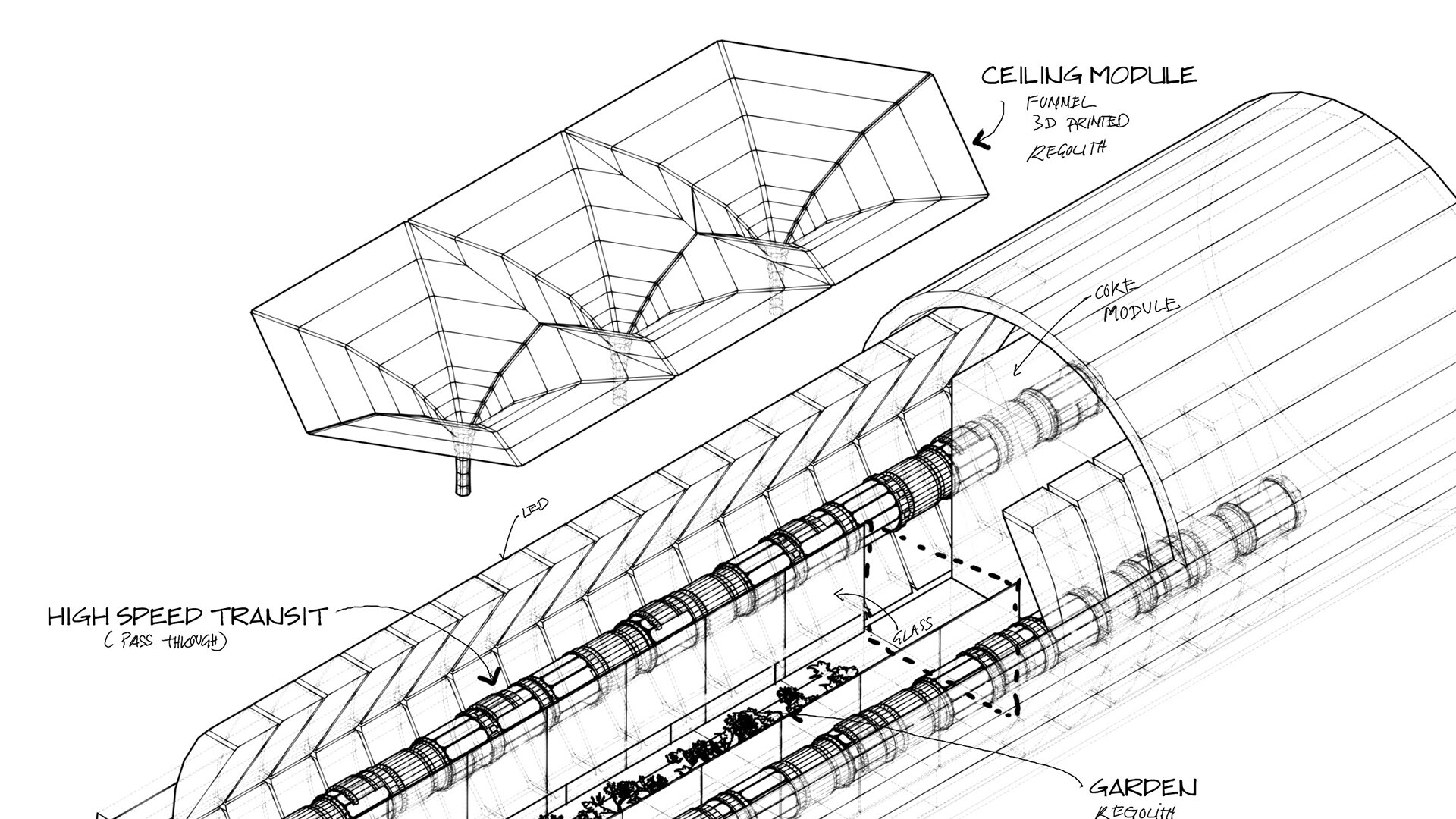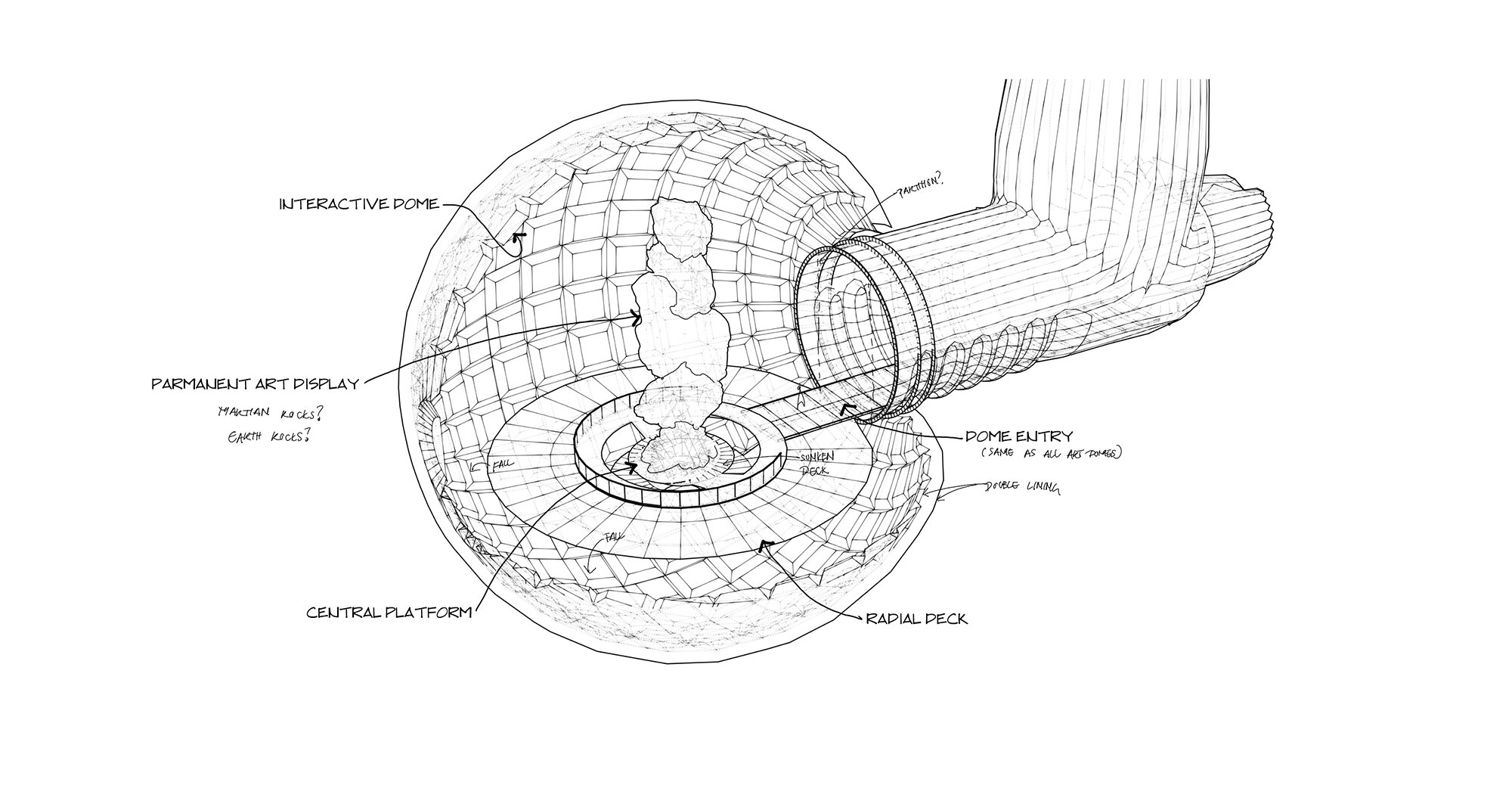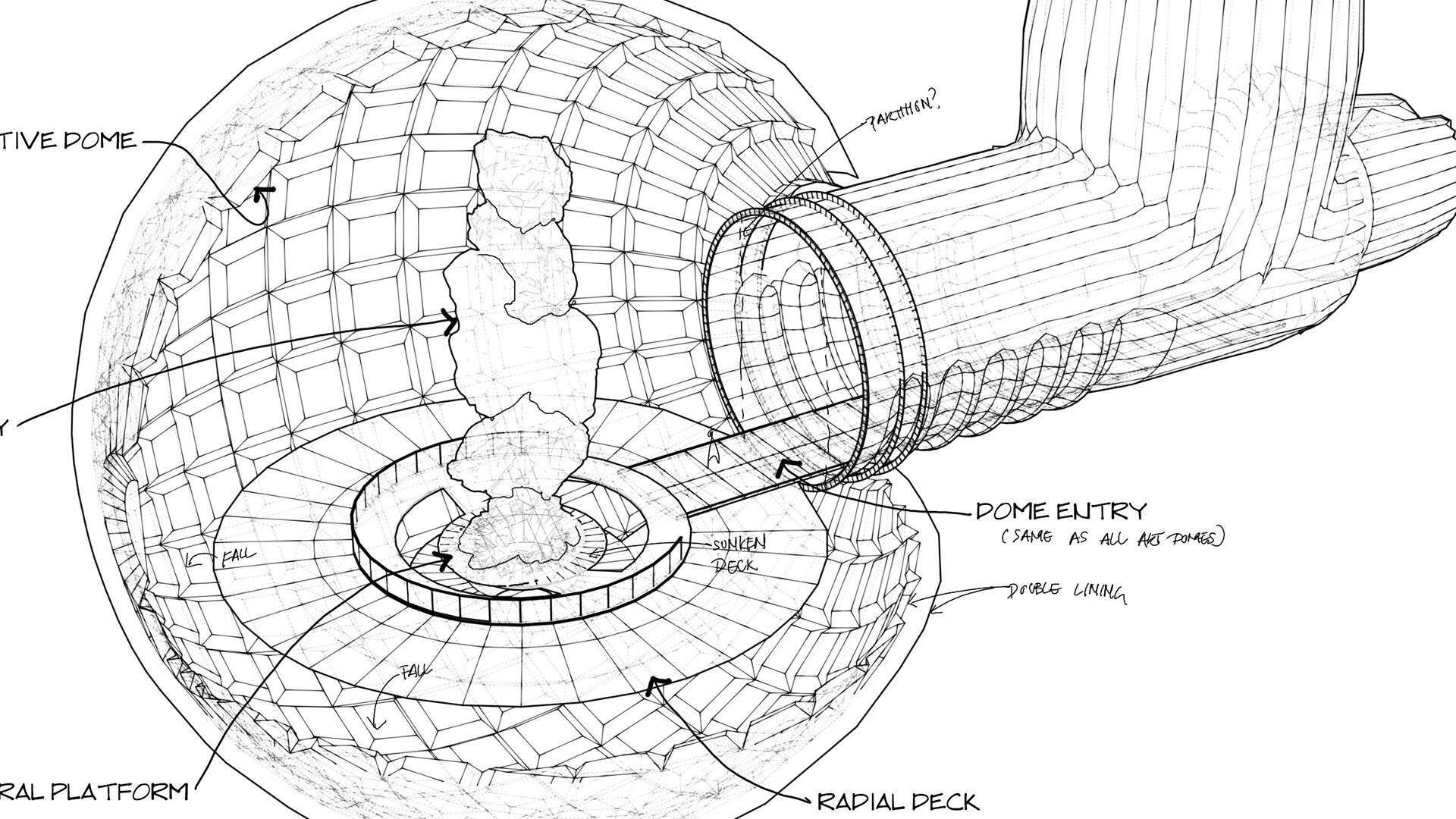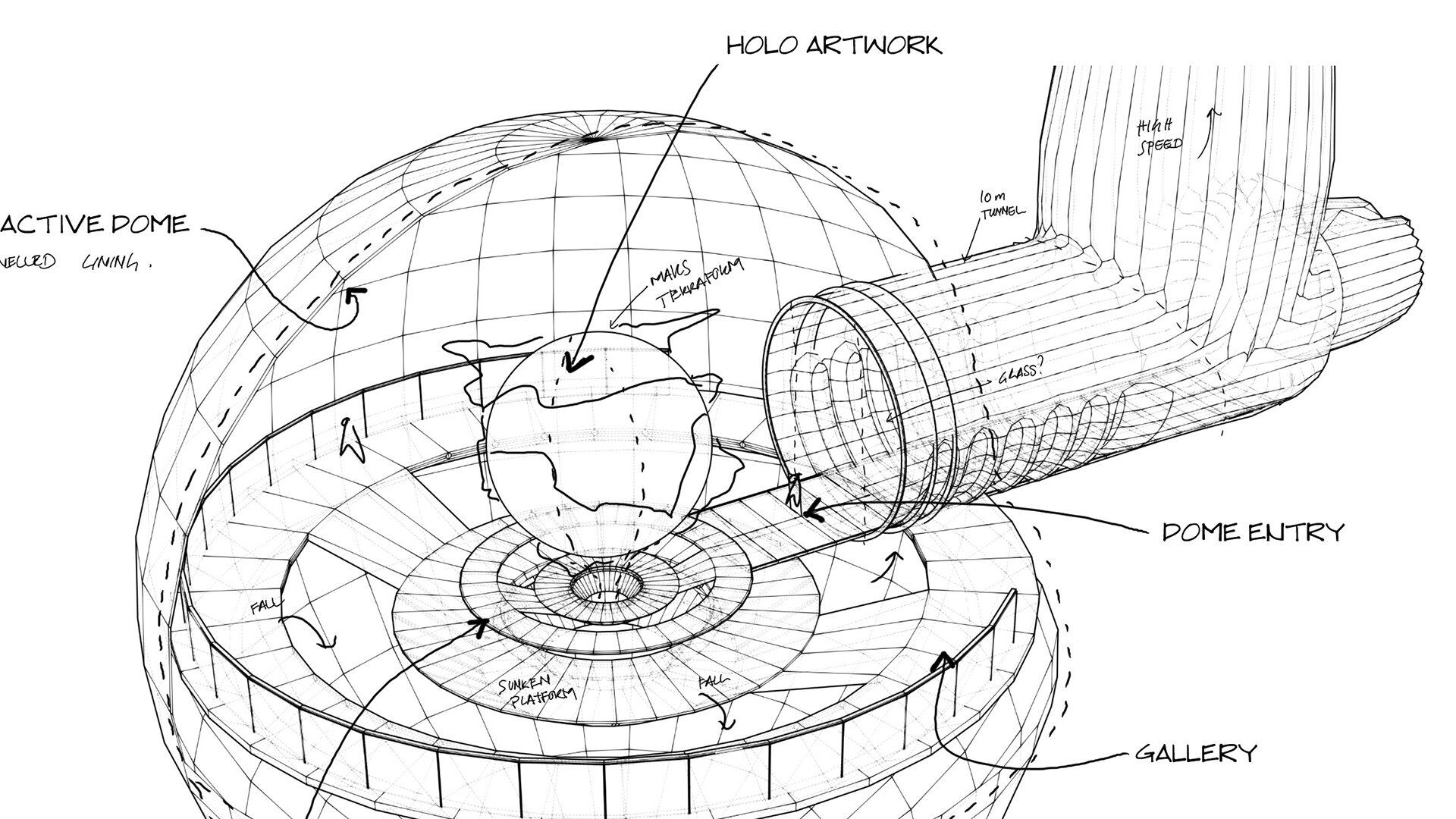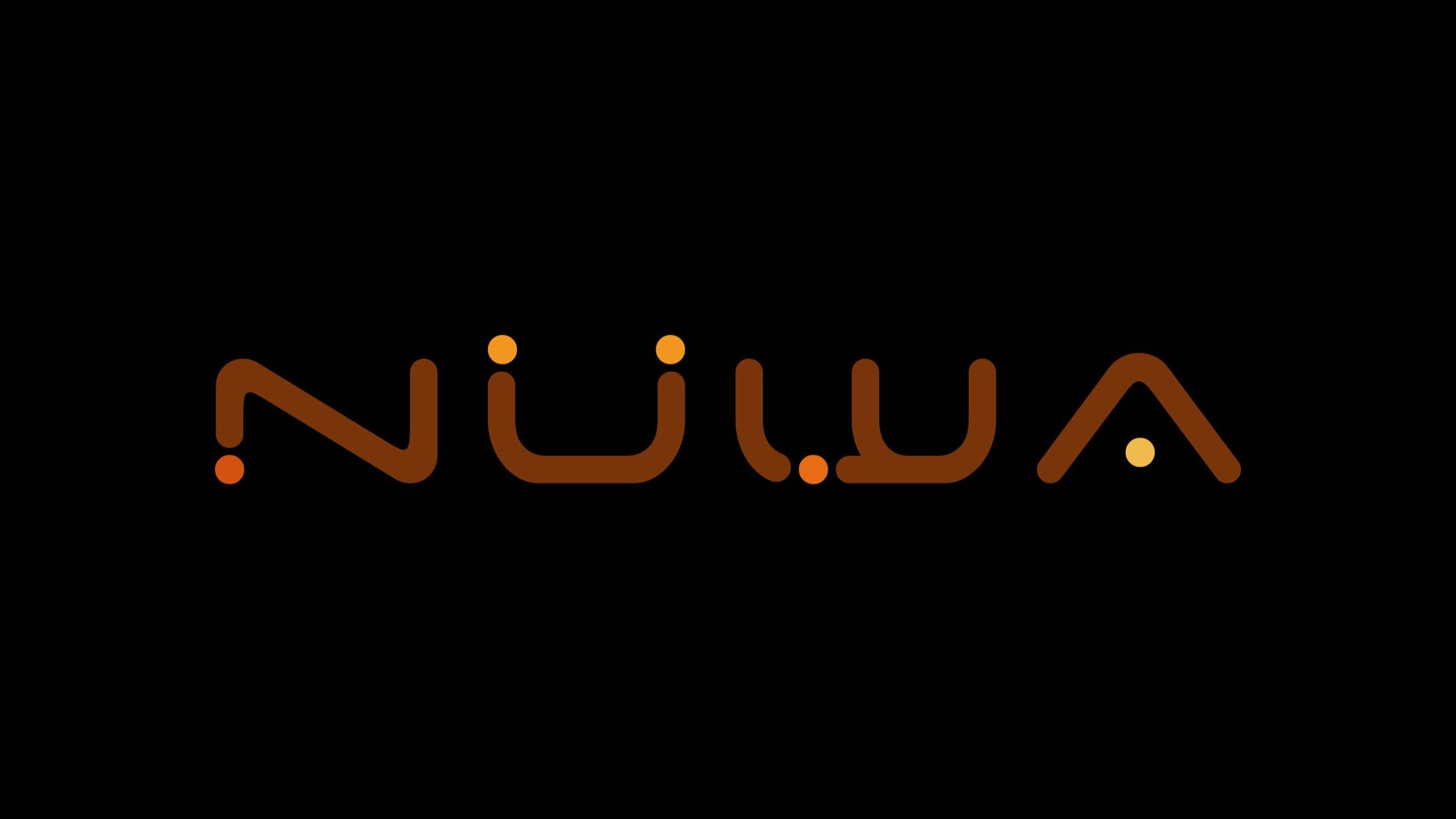Architecture of NÜWA - Mars City State Design
Welcome to NÜWA, a cliff city on Mars located at the southern rim of Tempe Mensa.
A technologically viable model for a Mars city for 1 million inhabitants, as imagined by the Multidisciplinary team SONet (The Sustainable Offworld Research Network)
Project submitted as part for the Mars City State Design Contest - 23rd Mars Society Convention.
Finalist - Full project narrative on SONET-hub.com
A proposal for a city on planet Mars was presented on Saturday, 17 October 2020, in the final of the Mars Society competition
A multi-disciplinary team from around the world “The Sustainable Offworld Research Network” or SONet for short. Including experts in Space Sciences, Aerospace, Audio Visual technology, Artificial Intelligence, Marine Sciences, Resource utilisation, Mining and remote architecture.
Using the available scientific knowledge about the environment on Mars, the proposal touches on all aspects of human life: from settling, architecture and life support to arts, economics and political systems.
The project team will now look for industry, academic and private partners to make further steps in making the martian city a feasible option for future human settling on the Red Planet.
Welcome to Nüwa, capital city on Mars. Human settlers would live here and in four other vertical cities on the cliffs of the Red Planet, which provide protection from radiation, but also exposure to sunlight. The architecture inside the cliffs would be mix-use, able to hold 200,000 to 250,000 people, and comprising areas for living and working, lush gardens in the so-called Green-Domes, “public squares” at the bottom of the cliff, underground sports arenas and music halls, as well as areas to lodge art displays. Settlers would eat a diet based 50% on agriculture, 20% microalgae, and 30% coming from animal meat, insects, mushrooms and cellular meat. The work per person should be eight times higher than for the average human on Earth, but this can be sorted by imposing automation, standardisation and the use of Artificial Intelligence methods at the design level. Water would be mostly extracted from clays and the oxygen mainly produced by crops and microalgae. After death, the biomass of animals, humans and plants would be incorporated back into the system, but loved ones would be able to keep a small, compressed sample. Mars would eventually become a democracy, with its own constitution and body of law. Each citizen would be a shareholder of Mars’ cities. Society would evolve to a model based on community and sustainability.
This is how a city on Mars would look like and function according to a team of international professionals. Using knowledge about the geology, geography and atmosphere of the Red Planet, as well as complex human sociological and psychological research, they have imagined a sustainable evidence-based and technologically viable model for life on Mars.
Architectural Concept
5 cities - 200k people
Tempe Mensa, Tempe Terra, Ascreus Mons, Valles Marineris
5 Cities on Mars
Nüwa Infrastructure Expansion
NÜWA Aerial
Aerial renders courtesy Sebastian Rodriguez and Gonzalo Rojas of ABIBOO Studio
Urban Components
The Vertical City - Mesa, Wall and Valley
Nüwa Section Concept
Tunnel Use - Towards a new infrastructure typology
Tunnel Concept
Tunnel Modular
Tunnel Concept 001
NÜWA Spaces for the future
Infinity Station
Snow Domes
Vertical Sky Garden
Tunnel Garden
Art Domes
Identity
NÜWA - A name focussed on Humanity
Derived from the mythological mother goddess that is the PROTECTOR OF HUMANS, credited for repairing the Pillars of Heaven; she melted 5 stones to protect the atmosphere. N0wa is also a metaphor for robust societal pillars that enable a prosperous nation.
Humanising the Machine
The name N0wa is aimed to describe the design of the city we have developed as a team. Our city is essentially a massive 'machine' - a synchronous network of man-made elements that allow for humans to live and prosper.
In the context of the Martian environment, the city is the protector of humans. It provides: an atmosphere, food, shelter, power and a higher purpose for existence.
Symbology in 5 Elements
5 urban elements: macro buildings, common areas, infrastructure, logistics, landscape
5 cities of 250k people
5 earthly elements: earth, water, fire, air and ether
5 captain planet elements: earth, fire, wind, water and heart
5 elements in the balance of nature: soil, water, fire, wind and metal
Identity Design courtesy Veronica Florido (ABIBOO) SONet
NÜWA AUTHORS
Project Coordination, Economic model & High-level concepts: Guillem Anglada-Escudé, Ph.D.; RyC fellow in Astrophysics; Institute for Space Science/ CSIC & Institut d'Estudis Espacials de Catalunya (EU)
Co-coordination. Space, Earth-Mars transportation & Socio-economics: Miquel Sureda, Ph.D.; Space Science and Technology Research Group, Universitat Politècnica de Catalunya & Institut d'Estudis Espacials de Catalunya (EU)
Life Support, Biosystems & Human factors: Gisela Detrell, Ph.D; Institute for Space Systems, Universität Stuttgart (EU)
Design. Architecture & Urbanism: Design Strategy & Coordination: ABIBOO Studio (USA)
Preliminary Analysis & Urban Configuration: Alfredo Muñoz (USA); Owen Hughes Pearce, Pearce Plus (UK)
Detailed Architecture & Urban Design: Alfredo Muñoz (USA); Gonzalo Rojas (Argentina); Engeland Apostol (UK); Sebastián Rodríguez (Argentina); Verónica Florido (UK)
Identity & Graphic Design: Verónica Florido (UK); Engeland Apostol (UK)
Video Direction & CGI: Sebastián Rodríguez (Argentina); Gonzalo Rojas (Argentina)
Mars Materials & Location: Ignasi Casanova, Ph.D.; Prof. Civil and Environmental Engineering; Institute of Energy Technologies (INTE), Universitat Politècnica de Catalunya (EU)
Manufacturing, Advanced Biosystems & Materials: David Cullen; Prof. of Astrobiology and Space Biotechnology; Space Group, University of Cranfield (UK)
Energy & Sustainability: Miquel Banchs i Piqué; School of Civil Engineering & Surveying, University of Portsmouth (UK)
Mining & Excavation systems: Philipp Hartlieb; Prof. in Excavation Engineering, Montan Universitaet Leoben (EU)
Social Services & Life Support Systems: Laia Ribas, Ph.D.; RyC fellow in Biology, Institut de Ciències del Mar/CSIC, (EU)
Mars Climate modeling & Environment: David de la Torre; Dept. of Physics, Universitat Politècnica de Catalunya (EU)
NÜWA CONTRIBUTORS
Jordi Miralda Escudé (ICREA Prof. in Astrophysics - Ground Transport, UB, EU); Rafael Harillo Gomez-Pastrana (Lawyer, - Political Organization & Space law, EU); Lluis Soler (Ph.D. in Chemistry - Chemical processes, UPC, EU); Paula Betriu (Topographical analysis, - UPC, EU); Uygar Atalay (Location, temperature & Radiation analysis, UPC, EU); Pau Cardona (Earth-Mars Transportation, UPC, EU); Oscar Macia (Earth-Mars Transportation, UPC, EU); Eric Fimbinger (Resource Extraction & Conveyance, Montanuniversität Leoben, EU); Stephanie Hensley (Art Strategy in Mars, USA); Carlos Sierra (Electronic Engineering, ICE/CSIC, EU); Elena Montero (Psychologist, EU); Robert Myhill (Mars science – U. Bristol, UK); Rory Beard (Artificial Intelligence, UK)
